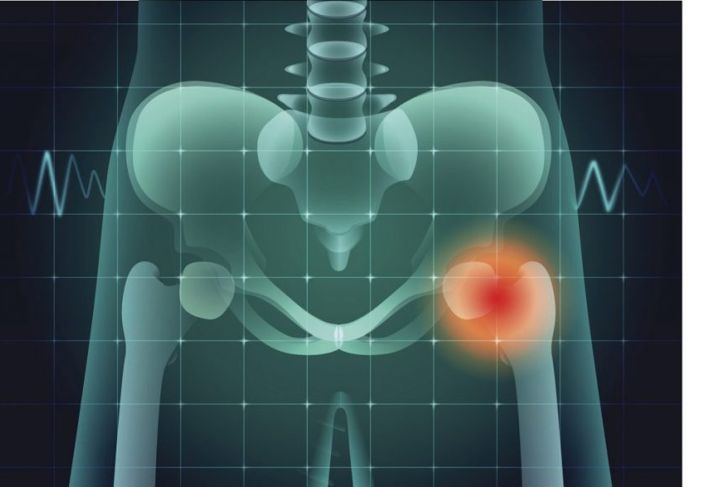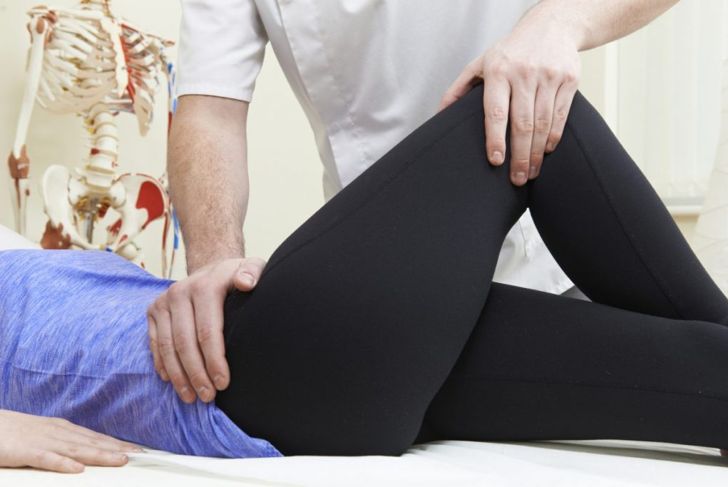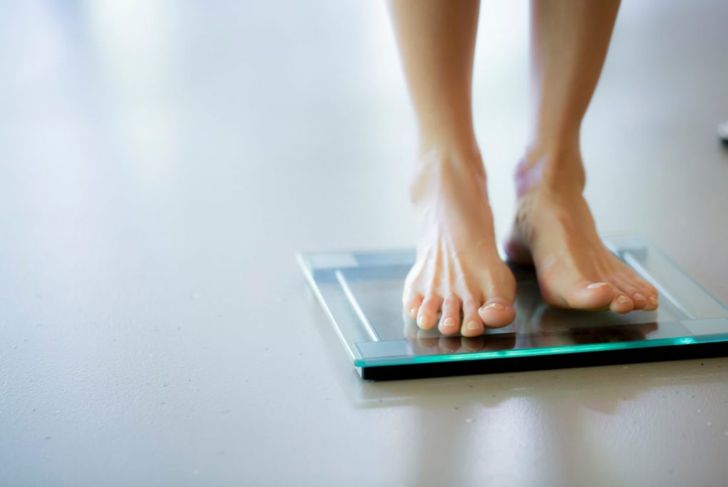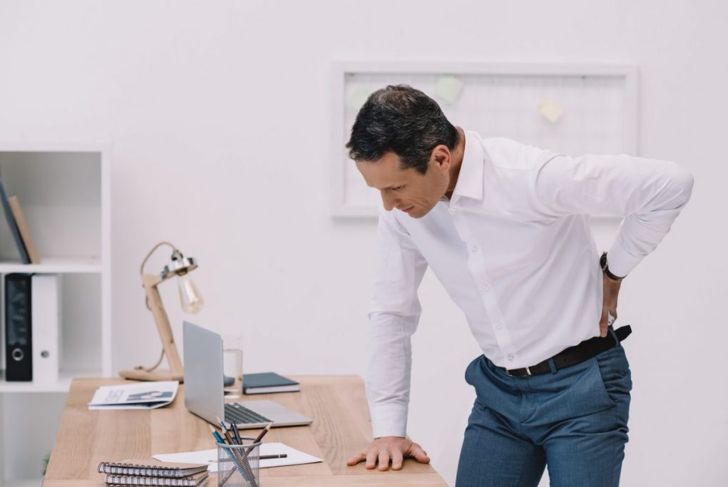Greater trochanteric pain syndrome (GTPS) is a condition that causes pain in the outer hips. Sometimes, the sensation radiates down the sides of the legs, as well. Often, GTPS begins due to problems with the tendons around the hip joints, though it may also develop when a pouch of fluid called bursa, which lies near the hips, becomes inflamed. Although it is not a dangerous health condition, GTPS can cause considerable pain and discomfort.
Causes of Greater Trochanteric Pain Syndrome
An impact or trauma to the hip is often the cause of GTPS. Rapidly increasing physical activities such as running can also damage the tendons. Spending prolonged periods standing, a high body mass index, and weakness in the surrounding muscles can also lead to the condition. Sometimes, people with diagnosed conditions such as arthritis develop GTPS in conjunction.
Common Symptoms of GTPS
The severity of GTPS symptoms varies from person to person. However, the condition usually causes pain around a particular area on the outer and upper thigh. The affected area is usually very specific and often feels sore and tender. This side of the leg may also become swollen and warm to the touch. Certain activities are likely to exacerbate the pain, including climbing and descending the stairs, crossing one leg over the other, and lying directly on the painful side in bed.
How Is GTPS Diagnosed?
A doctor or physiotherapist can formally diagnose greater trochanteric pain syndrome. He or she will ask for a history of symptoms and conduct a physical examination. One of the tell-tale signs is an increase in the level of pain when probing the affected area. The doctor can usually diagnose GTPS from the symptoms and physical exam alone. X-rays and scans are generally unnecessary, although an ultrasound scan of the area may be useful in some situations.
Self-management of Greater Trochanteric Pain Syndrome
GTPS is painful and usually requires medical treatment. However, some simple steps can reduce some of the discomfort associated with the condition. Focusing on maintaining good posture when standing or sitting can be helpful. Crossing the legs in a seated position can worsen pain and discomfort. In bed, affected individuals should avoid sleeping on the painful side. Propping a pillow between the legs when lying down can reducing strain on the affected hip, as well.
Pain Relief for Greater Trochanteric Pain Syndrome
Many people with GTPS find they require pain-relieving medication to manage their symptoms. Anti-inflammatory medications and gels can help reduce inflammation and pain in the affected area, but individuals should take care to follow doctor recommendations. If such oral or topical treatments are not sufficient, a doctor may recommend steroid injections. In addition, ice packs can also decrease pain and inflammation. Doctors recommend icing the affected area two to three times a day for 15 minutes.
Treatment Options
Treating GTPS effectively often uses a combination of pain relief measures and physiotherapy. A doctor may recommend or prescribe painkillers to keep discomfort under control. Physiotherapy is also an effective method of treating GTPS. Traditional physiotherapy works by reducing pain and inflammation in the painful area. However, a course of eccentric exercise physiotherapy (EE) may also be prescribed. This uses a range of exercises including resistance training to reduce pain. This can also promote healing in the affected tendons around the hips.
Surgical Intervention of GTPS
Although not usually the first line of treatment, an operation is sometimes needed to treat GTPS. If damage to the gluteal tendon is causing the pain, this can be repaired surgically. The outcome of this type of surgery is usually good. If the cause of greater trochanteric pain syndrome is an inflamed bursa, surgeons can remove the fluid sac can via a minimally invasive “keyhole” surgical technique.
Exercises for GTPS
Physiotherapists often recommend a course of exercises to strengthen the muscles surrounding the affected hip. Improvement usually happens gradually, and it can take up to three to feel any significant relief. Exercises that strengthen the hip abductor muscles and core muscles are very useful when treating GTPS, as these can increase the stability of the hip joint. Stretching and lengthening the muscles around the backside, hips and thighs can also help to reduce tension, pain, and discomfort.
Weight Loss to Treat Gtps
If an individual with greater trochanteric pain syndrome is overweight or obese, weight loss can help manage symptoms and facilitate recovery. Carrying extra weight puts excess pressure on joints, tendons, and muscles, which can cause GTPS or exacerbate the condition when it exists already. Weight loss reduces the load on the posterior gluteus medius, a muscle that plays an important role in raising and lowering the legs and stabilizing the entire hip joint.
Long-term Prognosis
More than half of all people experiencing GTPS will recover within a year. However, GTPS can be a chronic condition for some. Around 36% of people still have symptoms one year after the condition first occurs, reducing to 29% over five years. Overall, people with osteoarthritis are more likely to develop chronic greater trochanteric pain syndrome. On the other hand, people who receive steroid injections as treatment are almost three times less likely to experience long-term GTPS symptoms compared to those who do not receive such treatment.

 Home
Home Health
Health Diet & Nutrition
Diet & Nutrition Living Well
Living Well More
More




















